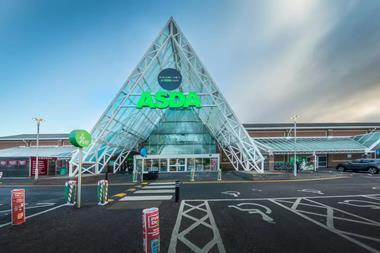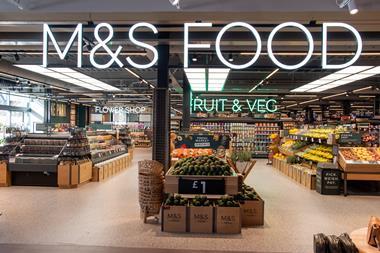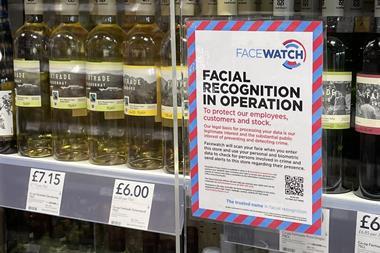Ever seen an ad online that seems to serve up just what you’ve been looking for recently? It’s no coincidence. The culprit is likely cookies – specifically third-party cookies, which gather data on users as they skip from one website to the next.
These third-party cookies – sometimes known as tracking cookies or targeting cookies – are a powerful tool for marketeers. A March study by Adobe found 75% of marketeers globally rely heavily on third-party cookies and 45% are spending at least half their budgets on campaigns and activations based on them.
But not for much longer. In December, Google announced the phasing out of third-party cookies for everyone in the second half of this year. That effort starts today, with the tech giant beginning testing of ‘tracking protection’ with 1% of Chrome users globally, a new feature that limits cross-site tracking by restricting website access to third-party cookies by default.
How supermarkets target shoppers’ behaviours
Brands have been sluggish to respond to the end of cookies on Chrome (the most used browser in the UK – Firefox and Safari have already made the move). That’s maybe understandable given Google first threatened in 2020 to phase out cookies on its Chrome browser by 2022, and has pushed it back on multiple occasions. The delays have led to “apathy” among marketing teams, argues System1 SVP of engagement Steve Olenski, “knowing the end was put off… again”. But this time it’s for real. “Cue the doomsday music!” Olenski adds.
And a fanfare for a marketing channel sure to benefit from the ‘cookiepocalypse’: retail media. Brands are thirsty for new means to target specific shoppers based on their behaviours and intentions, and it will be supermarkets holding the best of the data to do so.
“A cookieless world is almost upon us and retail media is seen as the opportunity for a post-cookie world, ensuring effective, first-party customer targeting and reporting,” says Robbie Hills, partnerships director of Australian supermarket Woolworths’ retail media arm Cartology.
Retail media is already booming. Spend globally is poised to grow a further 10% this year, after reaching $128.2bn in 2023, according to WARC Media’s latest Global Ad Trends report. It has fast become the fourth-largest channel by spend and is rapidly nearing linear TV in third place.
Big four retailers’ media groups
As the spend shifts, supermarkets are best placed to benefit. The big four all now boast dedicated media groups, as do the likes of Co-op, Boots, Superdrug, Deliveroo and many more. Lidl owner Schwarz Group announced in 2022 a retail media effort, and last year opened advertiser access to its data. Aldi is yet to announce an offering, although is understood to be working on one.
Google’s move will only accelerate retail media’s growth. Margins can be as high as 80% on media advertising, according to Boston Consulting Group, so the result for grocery could be immense.
As Hills puts it: “Cookies are out and retail media is in.”

























No comments yet